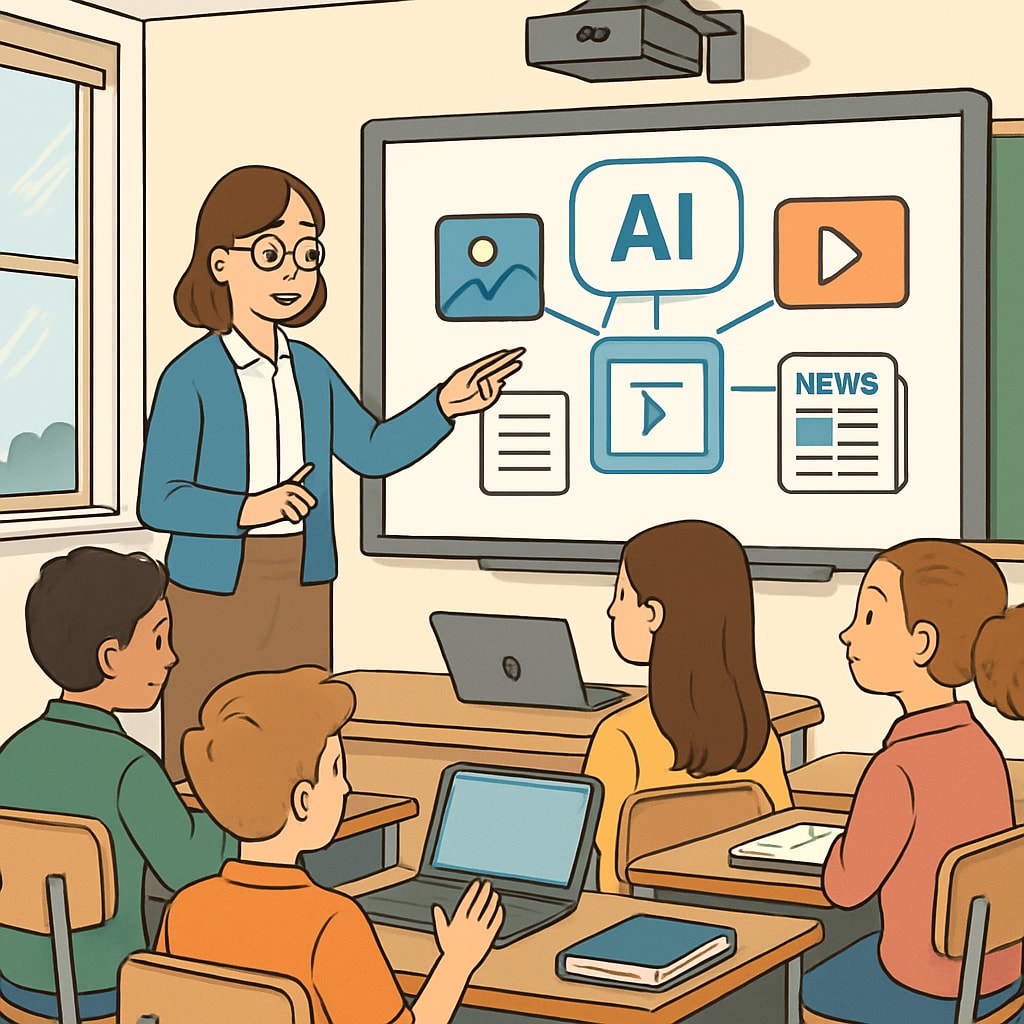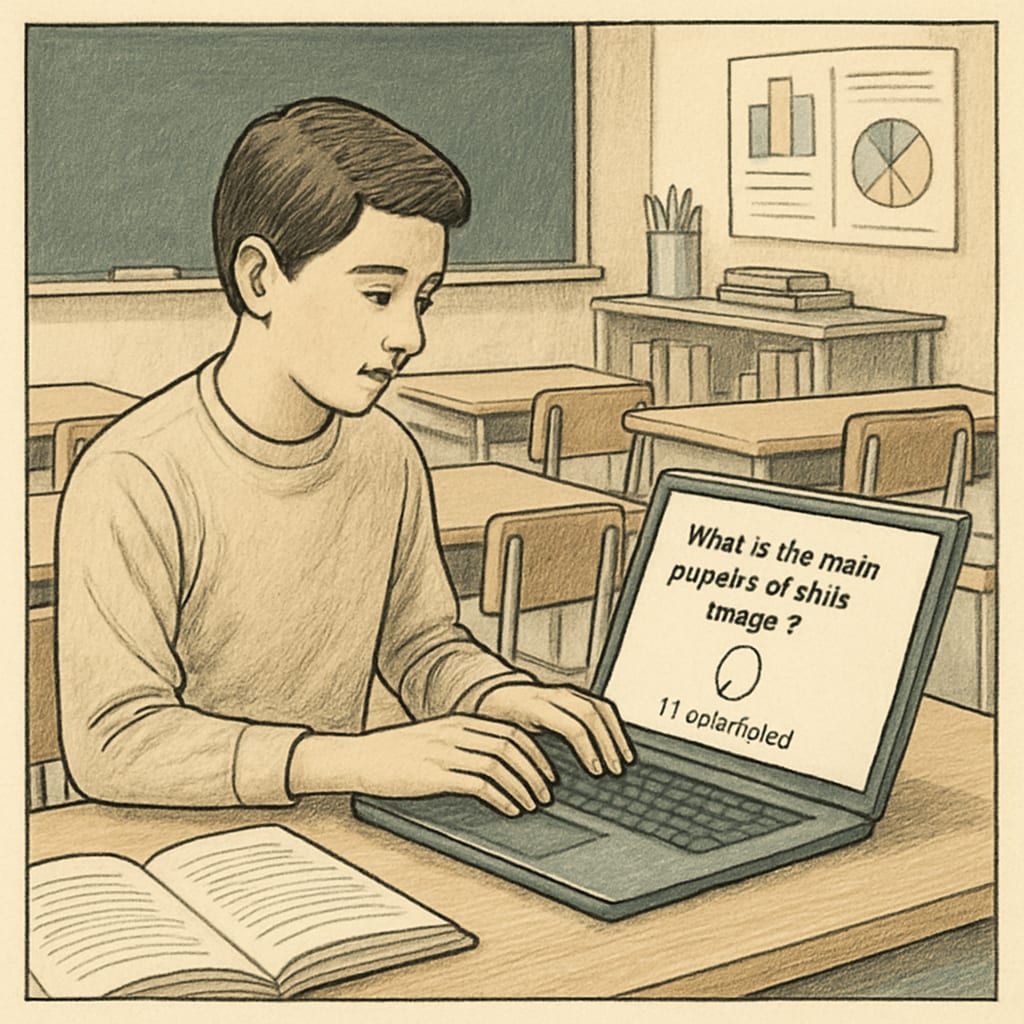The integration of AI writing prompts, media literacy, and teaching resources into classrooms is transforming education, particularly in fostering critical thinking among students. As films, social media, and digital content dominate our daily lives, developing media literacy has become essential for young learners. AI-driven tools now offer practical solutions for educators to create engaging activities that analyze and interpret media, even with limited teaching resources.
Why Media Literacy Matters in Today’s Classroom
Media literacy refers to the ability to critically evaluate and interpret media messages, understanding their intent, context, and impact. In an era driven by digital communication, students are constantly exposed to advertisements, social media posts, and films that shape their perspectives. Teaching students to question and analyze these media sources is vital for their intellectual growth and decision-making skills.
However, traditional approaches to media literacy education often require extensive preparation or specialized resources, which may not be available in every school. This is where AI-driven tools can play a pivotal role, making media literacy education more accessible and effective.

Using AI Writing Prompts to Enhance Media Literacy
AI-driven writing tools, such as ChatGPT or other generative AI platforms, provide teachers with the ability to design customized writing prompts that stimulate critical thinking. For example, educators can use AI to generate scenarios such as:
- Analyze a film scene and discuss how camera angles influence the audience’s emotions.
- Explore a trending social media post and identify potential biases or persuasive techniques.
- Evaluate news headlines for underlying agendas or misinformation.
These prompts can be tailored to suit the students’ age group and proficiency level, making the learning experience both challenging and engaging. In addition, AI tools can provide instant feedback on students’ responses, highlighting areas for improvement and encouraging deeper analysis.

Practical Strategies for Teachers Using AI Tools
To maximize the potential of AI-driven tools in media literacy education, teachers can follow these strategies:
- Create Role-Based Scenarios: Assign students specific roles, such as a film critic, journalist, or social media analyst, and use AI to generate prompts or tasks relevant to their roles.
- Encourage Group Discussions: Use AI-generated insights to spark debates about media ethics, advertising techniques, or storytelling structures.
- Develop Comparative Analysis Tasks: Ask students to compare two different media sources using AI-generated questions to evaluate authenticity and persuasive methods.
These approaches not only make use of AI capabilities but also encourage collaboration and communication among students, enhancing their overall learning experience.
The Future of AI in Media Literacy Education
AI tools are constantly evolving, offering increasingly sophisticated ways to integrate media analysis into classroom activities. For example, natural language processing (NLP) tools can help students identify subtle biases in text, while AI-driven video analysis platforms can dissect visual components of films or advertisements.
As a result, educators can provide students with a dynamic and immersive learning environment that prepares them to navigate the complexities of modern media. Furthermore, AI tools reduce the time and effort required for lesson planning, allowing teachers to focus more on guiding and mentoring their students.
In conclusion, integrating AI-driven tools into media literacy education empowers students to become thoughtful and discerning consumers of information. By leveraging AI writing prompts and other intelligent resources, educators can cultivate critical thinking skills that are essential for success in an increasingly media-saturated world.
Readability guidance: This article uses clear and concise language, short paragraphs, and practical lists for easy comprehension. Transition words are included to ensure smooth flow between sections, while technical terms are explained where necessary.


